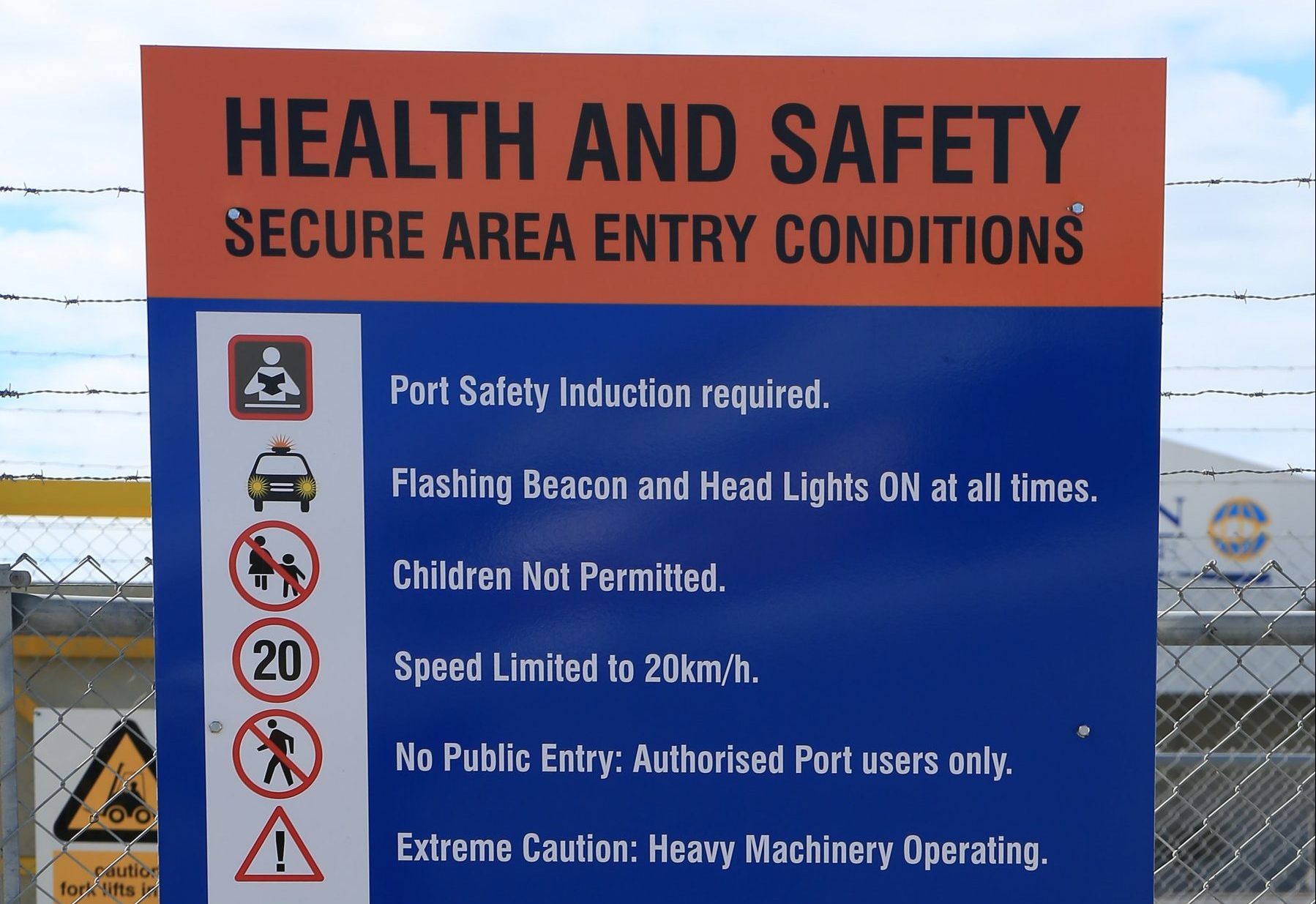
For many years now, health and safety has been a key priority for UK businesses. Plans and procedures have rapidly evolved and the UK now has one of the best workplace safety records in the world.
This isn’t without hard work though – maintaining this status requires regular paperwork and health and safety assessments, as well as a lot of knowledge and effort from both management and staff. As we move further into 2022, the question you may be asking is, how do you maintain an excellent health and safety culture within your workplace?
A workplace culture doesn’t just come from management, it is emanated by each and every member of your team. So, if employees aren’t on board with changes to health and safety rules and regulations, there’s a good chance they’ll be ignored whenever a manager isn’t around to enforce them.
For maximum compliance and safety, involve staff at each stage of the process and get input from all levels of the workforce when the rules are being made.
When putting rules and regulations in place, explain why they’re important and the potential outcome if the rules aren’t followed. Fostering a positive health and safety culture will cause staff members to encourage their colleagues on a grassroot level too.
It probably goes without saying, but it’s vital that managers and team leaders set a good example by following the rules they are enforcing. If it looks like managers aren’t taking health and safety seriously it’s likely that the rest of the team will follow.
Before you can start a job or a project, the proper documentation and risk assessments must be completed; this is particularly true of the construction industry and jobs involving manual labour.
Although it can delay the start date of a project, starting work without the right paperwork, permits and permissions in place is not worth the risk.
For example, if you are found to not have an accident book for a project and an injury was to occur, you may face legal scrutiny.
With the right technology, it’s not necessary to have all of the documents in a physical format. Much of the paperwork can be completed online or on tablets to save time and increase business security. Follow our guide to conduct a thorough workplace risk assessment.
Without question, health and safety training is essential to a business. Not only is it about the daily hazards your employees face whilst doing their job, but proper training will help staff to react appropriately in an emergency.
Health and safety training courses can help people to react instinctively and deal with the situation in hand without needing to seek help from someone in another area of the workplace or site – a few seconds can make all the difference when it comes to the risk of serious injury or even death.
And finally, checking equipment and completing the right inspections is vital when it comes to health and safety compliance and accident prevention. Regular checks will enable you and your team to spot an issue before it causes a problem.
The tips we offer above are useful reminders, but if you’re really looking to take your health and safety compliance to the next level this year, we recommend you get in touch about our health and safety consultancy, training and certifications.
At FRS we offer a wide range of training courses to cover a multitude of health and safety needs, from first-aid training to fire safety in the workplace. Browse our website or get in touch for more information.
Call us today on 01179 866397 or get in touch today